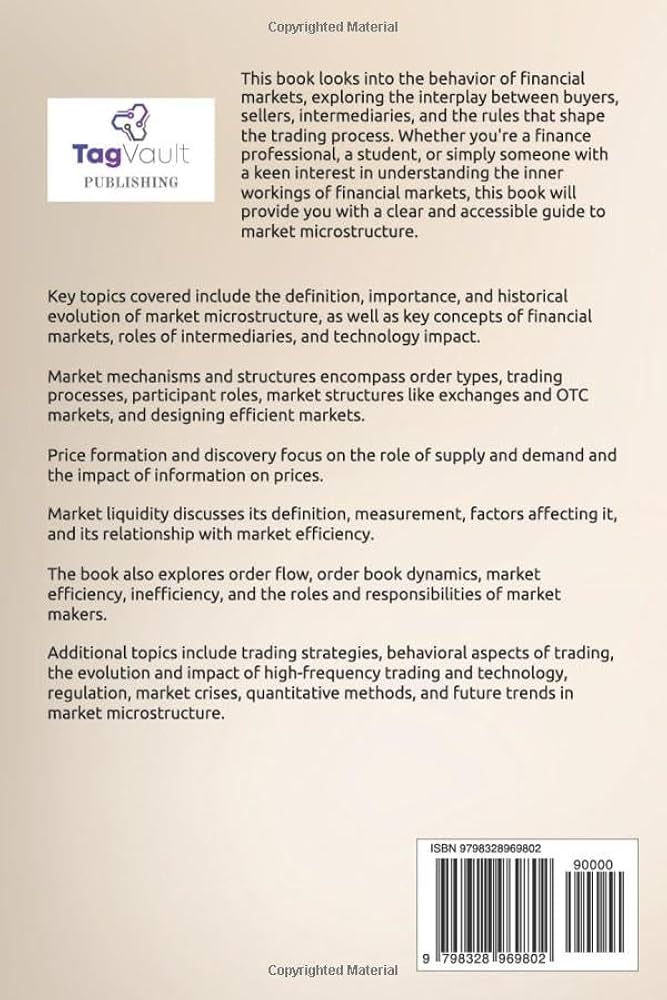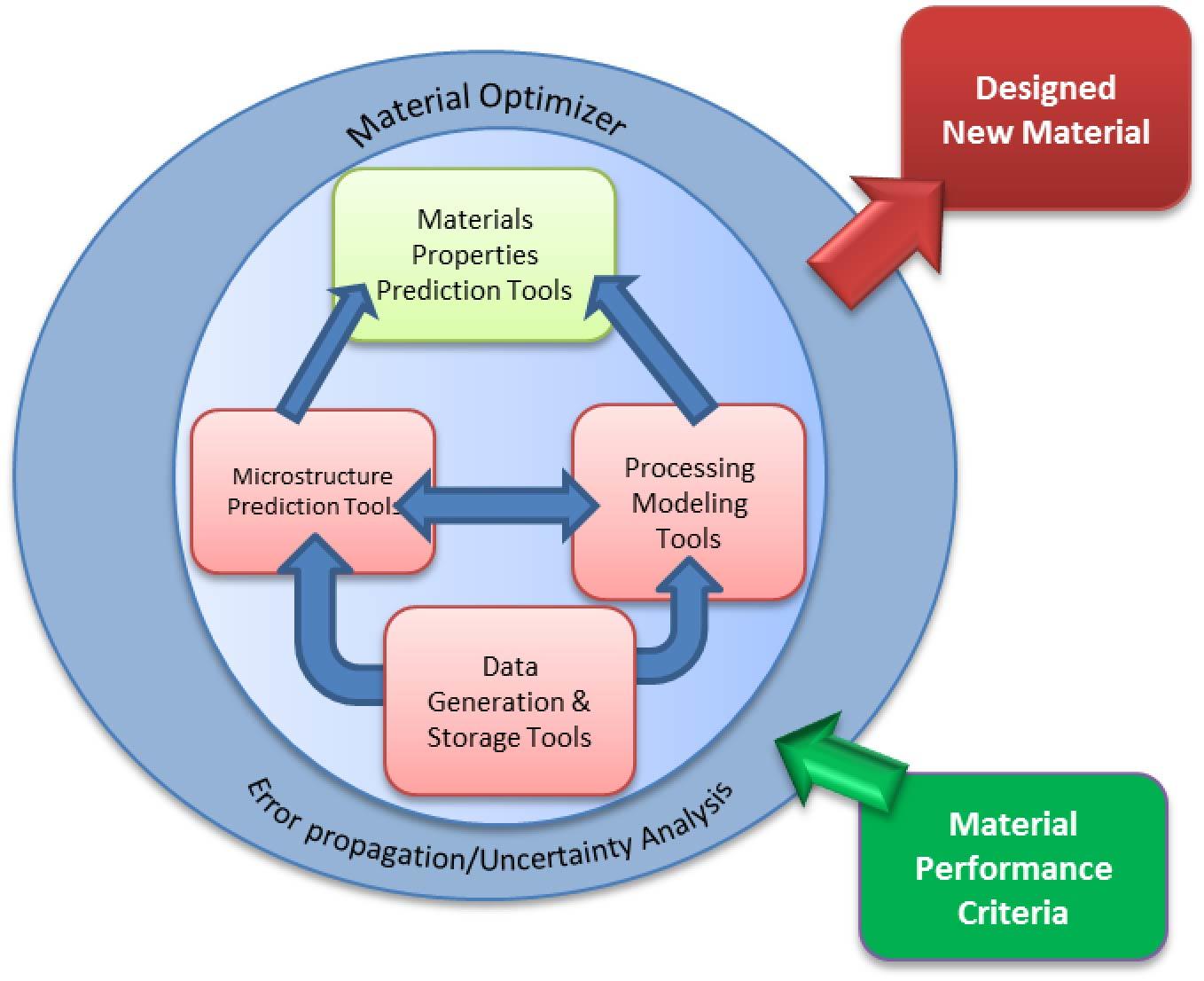Did you know that trading without understanding market microstructure is like trying to bake a cake without a recipe—you're likely to end up with a messy result? In this article, we dive into the intricate world of microstructure and its pivotal role in price formation within day trading. You'll learn what market microstructure is and how it affects price dynamics, the significance of bid-ask spreads, and the influence of various order types. We also explore the importance of liquidity, the impact of high-frequency trading, and how news events can shift microstructure. Recognizing common microstructure patterns and understanding market depth can enhance your trading decisions. Finally, we discuss the risks of low liquidity and the tools available for analyzing microstructure data. By the end, you'll see how mastering these concepts can refine your trading strategies, brought to you by DayTradingBusiness.
What is microstructure in day trading?
Microstructure in day trading refers to the tiny, detailed processes of how trades happen—like order flow, bid-ask spreads, and trade timing—that shape short-term price movements. It involves understanding how individual buy and sell orders, market makers, and liquidity providers influence price formation during the trading day. Microstructure explains why prices fluctuate rapidly and how market participants' actions create short-term trends and volatility.
How does market microstructure affect price formation?
Market microstructure influences price formation by determining how order flow, bid-ask spreads, and liquidity impact price changes. It dictates how quickly and efficiently prices reflect new information, especially in day trading. Narrow spreads and high liquidity enable rapid, accurate price adjustments, while wider spreads and low liquidity cause delays and distortions. Microstructure factors like order types, trader behavior, and trading venues shape how supply and demand translate into real-time asset prices.
What role do bid-ask spreads play in day trading?
Bid-ask spreads determine the transaction cost for day traders, affecting profit margins. Narrow spreads reduce trading costs, allowing quicker entry and exit without significant price slippage. Wide spreads increase costs and can lead to losses if the market moves against the trader immediately after executing a trade. Spreads reflect market liquidity and volatility—tight spreads often signal active, liquid markets, while wider spreads indicate less liquidity and higher risk. Day traders rely on small price movements, so understanding bid-ask spreads helps manage costs and timing for optimal trade execution.
How do order types influence microstructure?
Order types shape microstructure by controlling how trades execute, affecting bid-ask spreads, liquidity, and price movements. Market orders cause quick price shifts and widen spreads, while limit orders add depth and stability. Stop and stop-limit orders create price gaps and sudden jumps. The mix of order types determines how smoothly prices form and respond to trading activity, influencing volatility and price discovery in day trading.
Why is liquidity important in day trading?
Liquidity matters in day trading because it ensures you can buy or sell assets quickly without causing big price swings. High liquidity means tight bid-ask spreads, reducing transaction costs and slippage. It allows traders to enter and exit positions at desired prices, crucial for capturing short-term moves. Without enough liquidity, trades can become expensive or difficult to execute, increasing risk and reducing profitability.
How do order book dynamics impact price movements?
Order book dynamics drive price movements by revealing buy and sell interest. Large buy orders push prices up; big sell orders pull them down. Sudden shifts in order flow can cause rapid price changes. Thin order books lead to higher volatility, while deep books stabilize prices. Traders watch order book changes to anticipate short-term moves, as imbalances signal potential breakouts or reversals.
What is the effect of high-frequency trading on microstructure?
High-frequency trading accelerates price updates and adds liquidity but can increase market volatility and short-term noise, impacting microstructure by reducing bid-ask spreads and causing rapid, sometimes unpredictable, price movements.
How do news and events alter microstructure?
News and events cause immediate shifts in supply and demand, leading to rapid changes in microstructure. They create new order flow, trigger order book imbalances, and increase volatility. Traders react quickly to news, adjusting their bids, asks, and trade sizes, which refines the microstructure. This dynamic influences short-term price formation, often causing sharp price spikes or drops.
What are common microstructure patterns day traders should recognize?
Common microstructure patterns day traders should recognize include bid-ask spread dynamics, order book imbalances, price ladder movements, temporary price spikes, and volume clusters. These patterns reveal short-term supply and demand shifts, liquidity gaps, and potential reversals. Recognizing order flow changes, such as sudden increases in buy or sell orders, helps anticipate quick price moves. Pay attention to price ladder congestion and rapid order book thinning, signaling possible breakout or breakdown points. These microstructure signals can indicate imminent trend continuation or reversal in intraday trading.
How does market depth affect trading decisions?
Market depth shows the buy and sell orders at different prices, revealing supply and demand. It helps traders gauge whether a price move has strong backing or could reverse. Thick depth suggests liquidity and stability, making large trades less impactful. Thin depth indicates limited orders, so even small trades can cause big price swings. Day traders use market depth to time entries and exits, avoid slippage, and anticipate short-term price movements.
Learn about How Does Market Microstructure Affect Day Trading Strategies?
What is price impact and how does it relate to microstructure?

Price impact is how much a trade moves the market price. In microstructure, it shows how order flow and trading activity influence price changes. Larger trades or sudden buying/selling can cause significant price impact, revealing liquidity and market depth. It's a key part of understanding price formation in day trading, as it explains how individual trades affect short-term price moves.
How do bid-ask bounce and spread narrowing influence prices?
Bid-ask bounce causes short-term price fluctuations because trades switch between bid and ask prices, creating noise that can mislead traders. Spread narrowing reduces transaction costs and tightens the price range, making prices more stable and revealing true value. Together, they influence price formation by increasing liquidity and decreasing volatility, helping day traders identify more accurate entry and exit points.
What are the risks of low liquidity in day trading?
Low liquidity in day trading causes wider bid-ask spreads, making it expensive to enter and exit positions. It increases the risk of slippage, where orders fill at worse prices than expected. Low liquidity can lead to unpredictable price swings, causing sudden losses. It also makes it harder to execute large trades without moving the market, increasing market impact costs. Overall, low liquidity hampers quick, precise trading, raising the chance of losses and missed opportunities.
How can understanding microstructure improve trading strategies?
Understanding microstructure reveals how bid-ask spreads, order flow, and liquidity affect price movements. It helps identify short-term price patterns and potential reversals. By analyzing order book dynamics, traders can anticipate price jumps or drops. Recognizing how trades impact prices allows for better timing and execution, minimizing slippage. Ultimately, microstructure insights enable traders to develop more precise, data-driven strategies for day trading success.
Learn about How Market Microstructure Insights Improve Day Trading Accuracy
What tools help analyze microstructure data?

Tools like MetaTrader, TradingView, and NinjaTrader help analyze microstructure data. They offer order book visualization, real-time bid-ask spread tracking, and volume profile analysis. Specialized software like Bookmap and Sierra Chart provide detailed market depth and liquidity analysis, essential for understanding microstructure in day trading.
How does volatility relate to microstructure and price formation?
Volatility reflects how much prices fluctuate within short periods, directly influenced by market microstructure and price formation. Microstructure—like order flow, bid-ask spreads, and trading volume—drives these price changes, creating periods of high or low volatility. When traders react to new information or execute large orders, it causes sharp price movements, increasing volatility. Conversely, tight spreads and smooth order matching lead to stable prices. So, volatility is both shaped by microstructure elements and a key indicator of how prices form in day trading.
Conclusion about Microstructure and Price Formation in Day Trading
Understanding market microstructure is crucial for effective day trading, as it directly influences price formation, liquidity, and trading strategies. The dynamics of order types, bid-ask spreads, and market depth play significant roles in price movements and overall trading decisions. By recognizing common microstructure patterns and the impact of news and events, traders can enhance their strategies and mitigate risks associated with low liquidity. Utilizing the right tools to analyze microstructure data is essential for improving trading outcomes. For a comprehensive approach to mastering these concepts, consider the resources available through DayTradingBusiness.